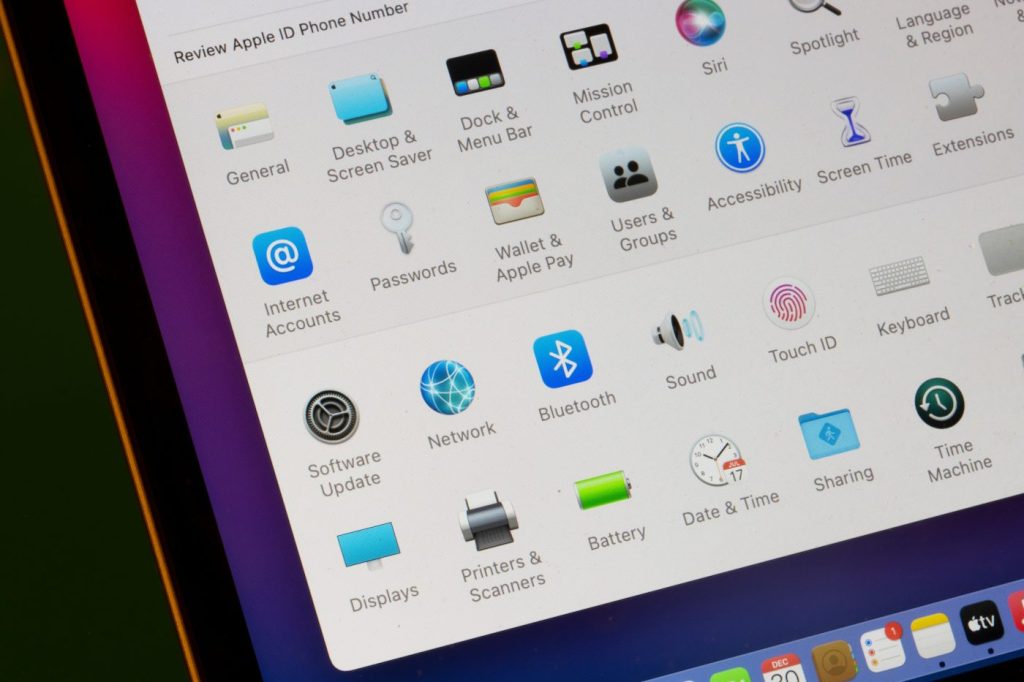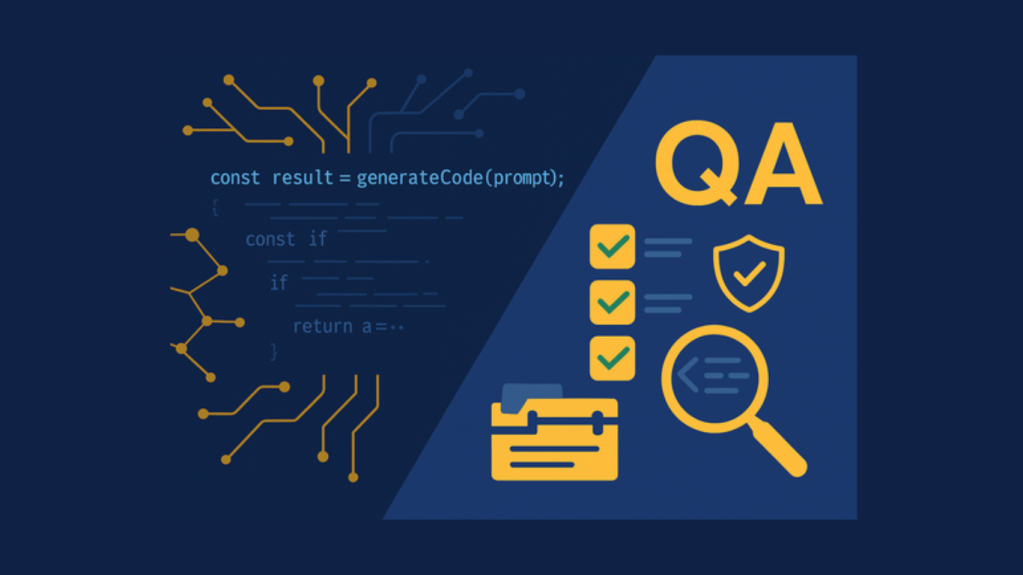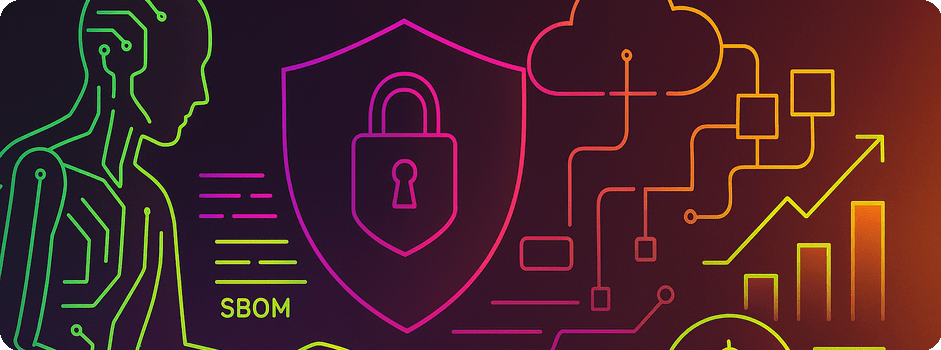Java supports a number of UI frameworks targeting applications from desktops to web applications. Several of them are entirely suitable for modern developments, while others fit best for the maintenance of old systems. This post discusses predominant Java UI frameworks, highlighting key features, strengths, and weaknesses.
1) JavaFX
JavaFX was introduced as the next generation to replace Swing and provide even more extensive UI widgets and broad support for multimedia. After being introduced as part of the JDK, it was decided to separate JavaFX into a separate open-source project with contributions from the community, thus allowing frequent releases with improvements. Key features include:
- CSS styling, which helps to style UI components in a similar way as in web development
- FXML for the declarative design of layouts
- Cross-platform support that includes Windows, macOS, and Linux
- Rich multimedia capabilities, including 2D/3D graphics, audio, and video
The strengths of JavaFX lie in its features and tools for modern UI, with strong community support. Still, it is more difficult to learn initially, and performance may degrade as data size increases.
2) Vaadin
Vaadin simplifies web development by working purely with Java on both the front end and back end, eliminating the need to manage client-side coding in HTML and JavaScript. Key features include:
- Server-side development integrated with responsive web UIs
- Components that support cross-platform applications on both desktop and mobile devices
- Built-in security features make it suitable for enterprise applications
Vaadin is ideal for full-stack web development, especially for enterprise applications. However, it can increase server load, demanding more resources, and it may be difficult to learn for frontend developers unfamiliar with server-side UI.
3) Swing
Swing was once the most popular framework for building desktop applications, but today it is primarily used for maintaining legacy systems. Key features of Swing include:
- A rich UI component library that provides pre-built elements
- Cross-platform look and feel, allowing applications to run on any major platform
- Lightweight, platform-independent components
Swing is stable, well-documented, and mature, making it a reliable choice for legacy systems. However, it is outdated compared to JavaFX, with limited support for modern features, which has led to a decline in usage.
👋 Need help modernizing your legacy Java UI? Let’s get a conversation started.
4) AWT
AWT (Abstract Window Toolkit) was the original Java UI framework, offering basic components tied directly to the native operating system’s UI elements. Key features include:
- Native system components that offer a native look and feel by using the host OS’s widgets
- Simple event handling that pioneered Java’s event-driven programming model
AWT is lightweight and easy to use for simple or legacy applications and is still supported as part of the JDK for backward compatibility. However, it lacks the flexibility needed for building modern, complex UIs, making it suitable mainly for educational settings or legacy projects.
5) SWT
SWT (Standard Widget Toolkit) integrates directly with the native operating system’s widgets to ensure that desktop applications match the look and feel of the OS. Key features include:
- A native look and feel, using the OS’s native widgets for seamless integration
- High performance and is primarily used in the Eclipse IDE ecosystem for tools and plug-ins
SWT’s strengths include its high performance and native appearance, making it ideal for desktop applications that require OS-specific functionality. However, its usage is limited outside of Eclipse-based applications and is less useful for cross-platform development.
6) Griffon
Griffon is a Groovy-based desktop application framework designed for rapid application development (RAD). Key features include:
- A modular architecture that supports rapid development using Groovy and Java
- Support for multiple UI toolkits, including Swing and JavaFX
Griffon is ideal for quick prototyping and rapid development, with a niche, active community providing ongoing support. However, its usage is declining, as JavaFX grows in popularity for desktop applications, and its niche nature limits broader adoption outside of Groovy-based projects.
7) Apache Pivot
Apache Pivot was created to build rich internet applications (RIAs) with desktop-like user interfaces. Key features include:
- A comprehensive UI toolkit for creating lightweight applications
- Cross-platform support, with simple integration into Java for lightweight apps
Apache Pivot is lightweight and easy to integrate, making it ideal for smaller projects. However, its minimal community support and infrequent updates have caused it to fall behind more popular frameworks like JavaFX.
Strengths & Weaknesses of Java UI Frameworks
The choice of the UI framework in Java depends on the application type, performance, stability, and long-term support. JavaFX and Vaadin are considered among the best choices for current desktop and web development due to the richness of the features included and strong community support.
Other frameworks like Swing and AWT still serve their purpose in maintaining and extending legacy applications. Specialized frameworks like SWT and Griffon do have some advantages, but their usage is declining because more and more developers are shifting towards JavaFX.
Need the best Java UI framework for your application or perhaps a custom software solution?
At Curotec, we harness the power of cutting-edge technology to serve your business needs. Whether it’s updating obsolete systems or developing a new fully featured application, our team of professional developers will walk you through every step of the process. Reach out today to learn how we can bring your next project to life!









